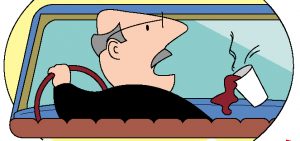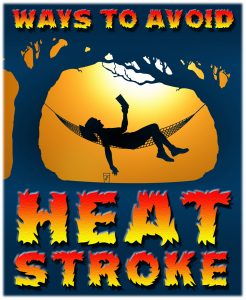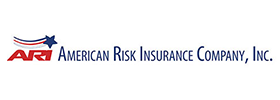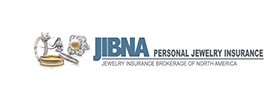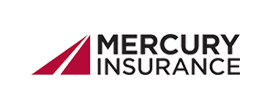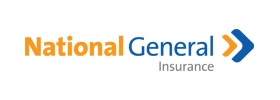A few easy steps can prepare for disaster
No part of the country is immune to natural or man-made disasters.
During September, the Department of Homeland Security joins with national, state, and local agencies to encourage Americans to prepare their homes for disasters of all kinds.
According to the Federal Emergency Management Agency (FEMA), engaging citizens in disaster preparedness is a critical first step in effective response and recovery efforts.
In other words, if you know what to do when a disaster is predicted, what to do when it occurs, and what to do afterward, you will be in a better position to save yourself and your home before help arrives.
While there are obvious differences in preparing for a hurricane and preparing for a forest fire, there are similarities in preparedness for all types of disasters. You should know where you will go to escape, what your mode of transportation will be, and when you should leave. (It’s never a good idea to let your car be almost out of gas.)
Assemble important documents to take with you including copies of insurance policies, identification, and bank account numbers. Use a waterproof container and include some cash.
It may not be necessary to leave your home. Do what you can in advance of a storm or earthquake to make it safer. Remember the basics of survival: water, food, clean air, and warmth.
Consider the amount of water and non-perishable food your family will need to stay in place without power for at least three or four days. Always have extra batteries for portable radios. Also have a backup battery for cellphones.


